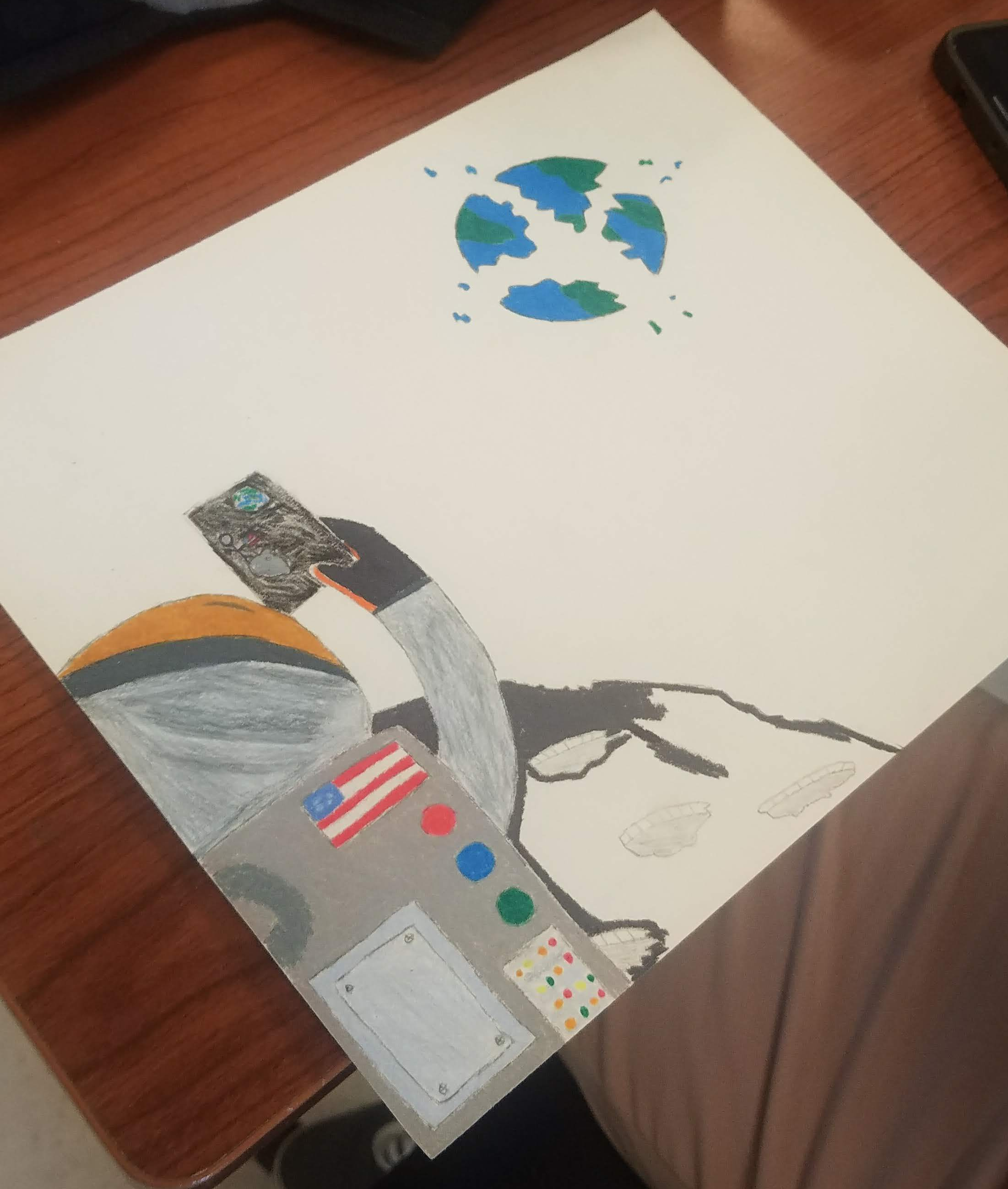I wanted to take a moment to talk about my program. As many of you know, I am a TAB (Teaching for Artistic Behavior) teacher and have been for the majority of my 15-year career. What I am not sure people know is that my partner is not a TAB teacher. Yes, he sometimes gives choices to his students, our students, but for the most part, he is a traditional art teacher who assigns whole-class projects.
We have been working together for 15 years, and it has taken us 14 of those years to finally get our act together and create a program that not only allows cohesiveness for our students, but also allows for each us to teach to our own philosophy and to our strengths.
What does this look like? We were fortunate to have had a principal who trusted us as experts and allowed us to choose which class levels we wanted to teach. We both teach Art 1 classes due to the sheer number of class sections we have. (Texas requires one fine art credit for graduation, and the majority of students pick art as that FA credit.) We split the Art 1 sections as evenly as we can. The experiences for the students in our respective classes is different, but we are okay with that. The students get to know us as teachers and people, they get to learn about our program, they get to make some art, they have fun, and for about half, they get that credit they need so they can move to the pathway they are really interested in.
It’s when the students decide to continue in the art pathway that things really start to make sense for how we have structured the Duck Art Program. We have split the remaining sections of courses by levels between us. My partner teaches all sections of art 2, I teach all art 3, then the seniors return to him for art 4 and AP Studio. He teaches both AP 2D sections. I teach AP 3D, but I am also the ceramics teacher, so that is what makes sense for us.
Splitting the classes this way works to our strengths. He is really good at teaching techniques and materials, so the art 2 students benefit from all having this shared experience where they get to focus on skills and learning new materials. They come to back to me in art 3. We focus more on the ATP (Artistic Thinking Process), studio habits, and creating original art. My class helps them to really consider content and finding what media they like to work with, what types of subjects they like, and what they want to explore. AND they really start to find and develop their voice. So…..when they return to Art 4/AP, they have a well-rounded background and can create amazing art. It was hard in the past to have kids that were all over the map because we taught the same level in totally different styles. I understand that as a TAB teacher, I always meet students where they are, but this isn’t about meeting students at their artistic level, this is about the students have a common base knowledge that allows both teachers to better meet the students needs.
It took us forever to learn to play together, and play together well, but better late than never I say. I am excited for this coming year because we will be able to really see how well this will benefit our students and our program. It was time to stop being an island in a department of 2 and instead come together as 1. It is possible to work with those that don’t follow a TAB philosophy like you do. You just need to check your ego and remember what is really important and the focus of your art program–the students and helping them in their journeys to becoming artists.

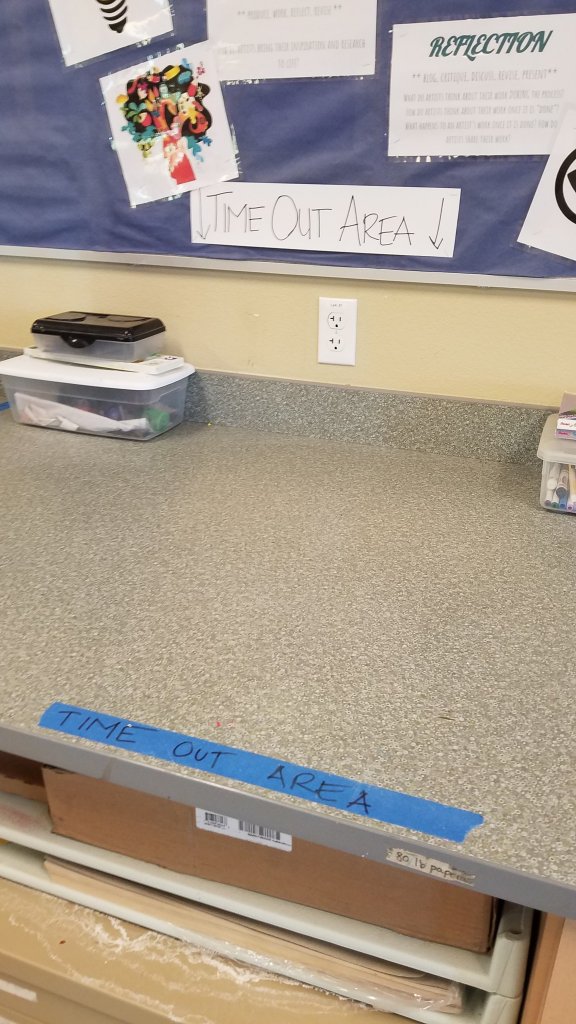
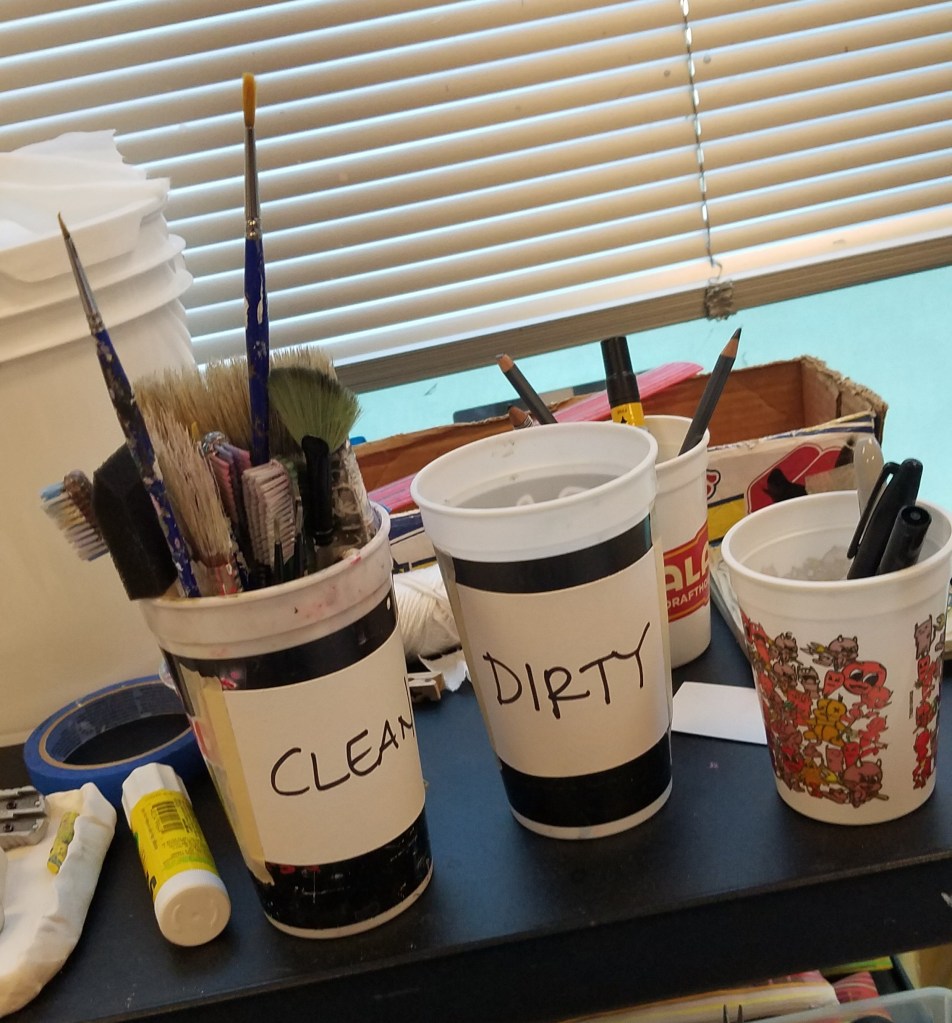


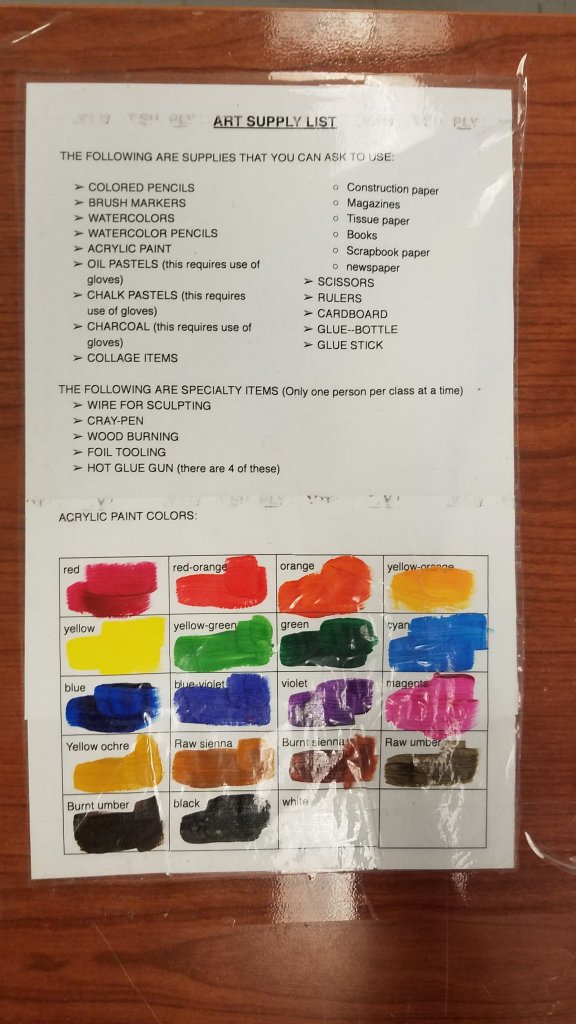


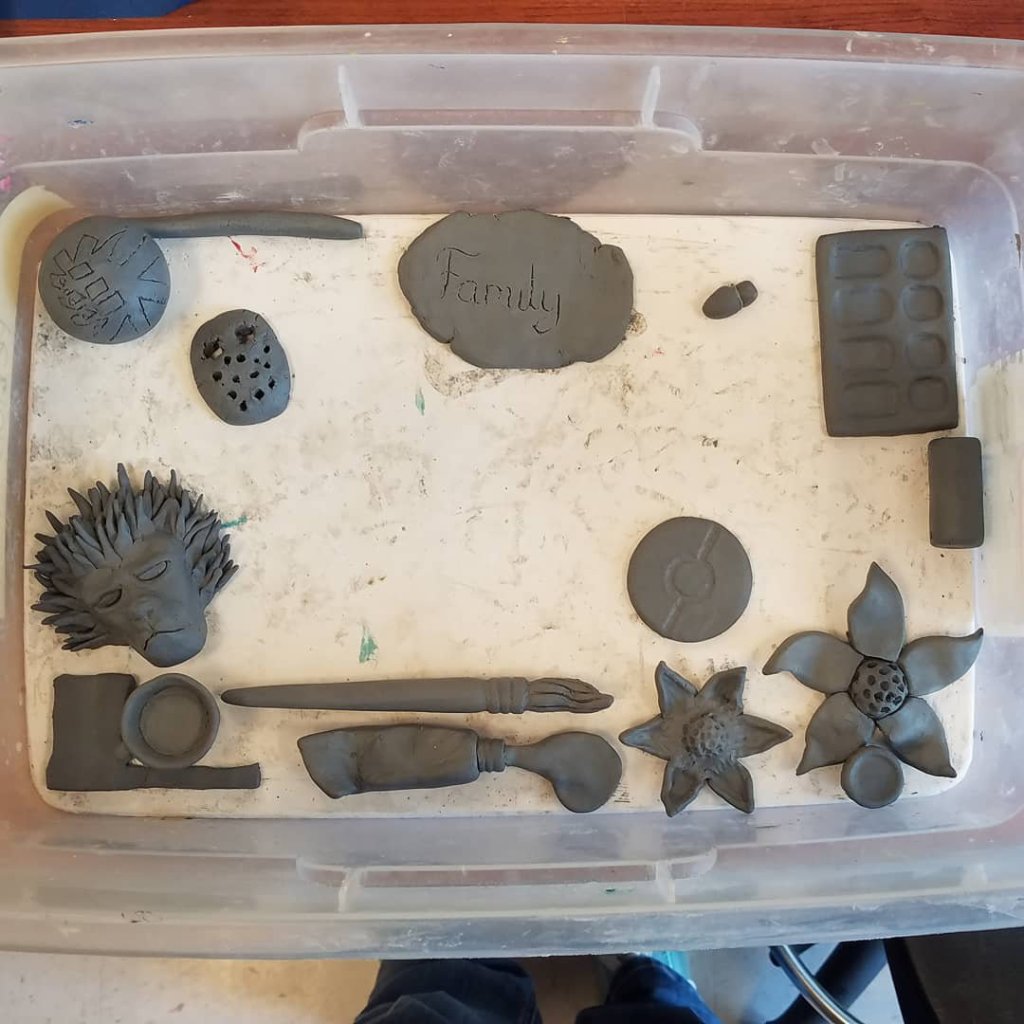




 I came into this semester in a different frame of mind. I realized in December that I needed to change what was happening in my art studio, what was happening with my students. I felt they weren’t getting the best out of our TAB studio. And, I knew it wasn’t really them, but it was me. I was doing what felt right last school year…what worked for last year’s students. I was doing what I thought I should be doing. I wasn’t really seeing what my kids were missing.
I came into this semester in a different frame of mind. I realized in December that I needed to change what was happening in my art studio, what was happening with my students. I felt they weren’t getting the best out of our TAB studio. And, I knew it wasn’t really them, but it was me. I was doing what felt right last school year…what worked for last year’s students. I was doing what I thought I should be doing. I wasn’t really seeing what my kids were missing.





